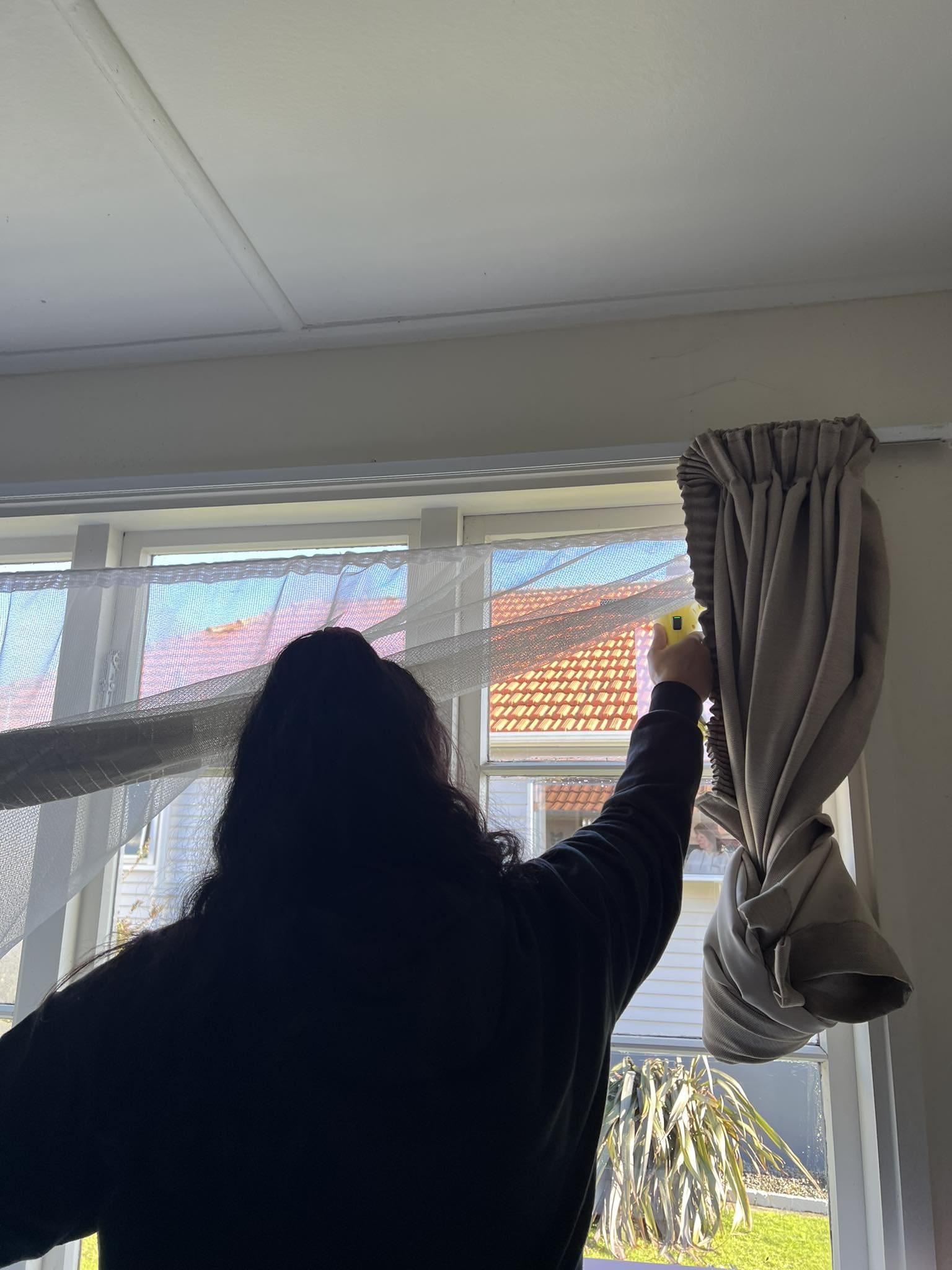Mould and dampness are common issues in homes that not only compromise comfort but also pose serious health risks. One effective way to tackle these problems is by ensuring your home is properly insulated. But how exactly does insulation help reduce condensation, moisture buildup, and ultimately, mould growth? Let’s explore.
The Connection Between Moisture, Condensation, and Insulation
Mould thrives in environments with excessive moisture. This can come from various sources, including leaks, high indoor humidity, or condensation. Condensation occurs when warm, humid air meets a cool surface, like an uninsulated wall or window. The temperature difference causes the moisture in the air to turn into water droplets, creating the perfect breeding ground for mould.
Proper insulation acts as a barrier, reducing the temperature difference between indoor air and surfaces. This minimises the likelihood of condensation forming, keeping your home dry and mould-free.
Types of Insulation That Prevent Mould
At WISE, we use Mammoth Insulation, which is made from recycled plastic bottles. This eco-friendly option is not only effective at preventing mould but also contributes to sustainability. Here’s why Mammoth Insulation is a great choice:
- Moisture Resistance: Mammoth Insulation is designed to resist moisture, making it less likely to support mould growth.
- Thermal Performance: It helps maintain consistent indoor temperatures, reducing the risk of condensation forming on walls and ceilings.
- Durability and Sustainability: Made from recycled plastic, it’s a long-lasting and environmentally friendly solution for insulation needs.
Ventilation and Insulation: A Winning Combination
While insulation helps reduce the temperature difference that causes condensation, proper ventilation works hand-in-hand to control indoor humidity levels. Ventilation ensures that moist air is expelled and replaced with fresh, dry air, further reducing the risk of mould.
For example, in areas like bathrooms and kitchens, which generate high levels of moisture, insulation alone isn’t enough. Combining insulation with exhaust fans or dehumidifiers provides optimal protection against mould and dampness.
Benefits Beyond Mold Prevention
Proper insulation doesn’t just protect against mould; it also offers several other advantages:
- Energy Efficiency: By keeping your home warm in winter and cool in summer, insulation reduces the need for heating and cooling, lowering your energy bills.
- Improved Indoor Comfort: A well-insulated home maintains a more consistent temperature, enhancing overall comfort.
- Environmental Impact: By using less energy, you reduce your carbon footprint and contribute to a more sustainable future.
Mould and dampness don’t stand a chance against a well-insulated home. By choosing the right insulation materials and combining them with good ventilation, you can create a healthier, more comfortable living environment. If you’re unsure about your home’s insulation, give our team a call, we can assess your needs and recommend solutions tailored to your specific situation.
Invest in proper insulation today! Your home, health, and whānau will thank you.




